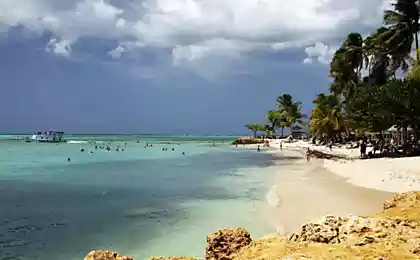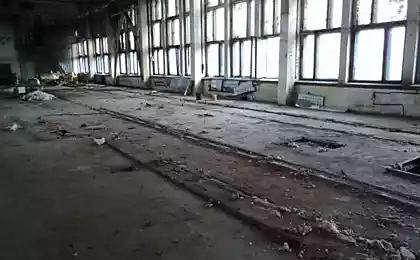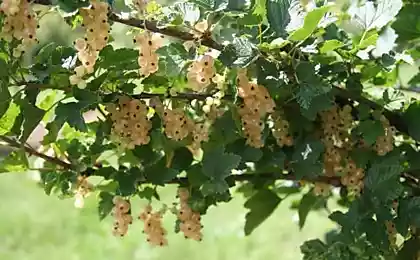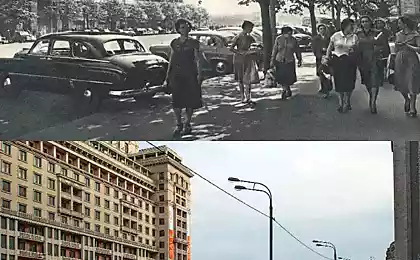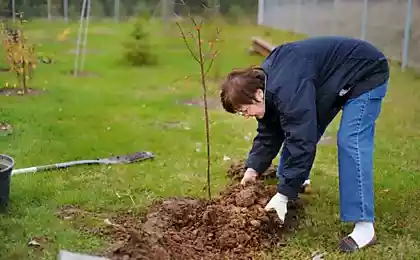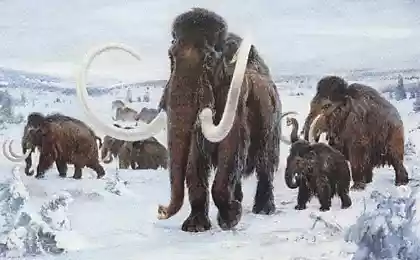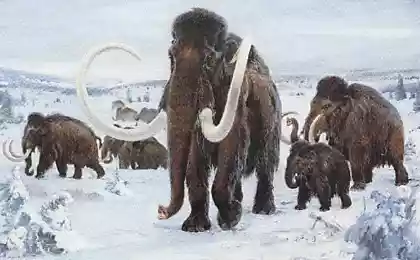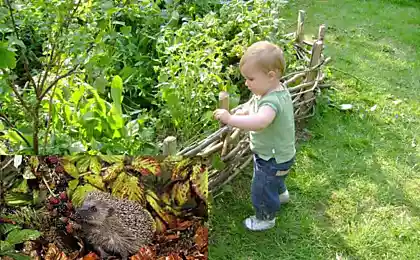152
Why a hundred and more years ago the villages of our country were distinguished by the absence of any vegetation
Living outside the city has its advantages. And one of the main advantages is wonderful. countrysideIt allows you to relax both body and soul. In a noisy and dusty city, you only have to dream about this, and therefore almost every city resident wants to have a country house.
It is all the more amazing to see old photos of our villages and villages, where there are not only beautiful flower gardens around the houses, but even grass and trees. Only potato-ploughed gardens. Why is that?

The idea that in every small village trees, bushes, flowers and all sorts of herbs should grow everywhere is deceptive. Even today, this magnificence of nature may not be in the village. Although outside it can be meadows, forests, and other enchanting places.
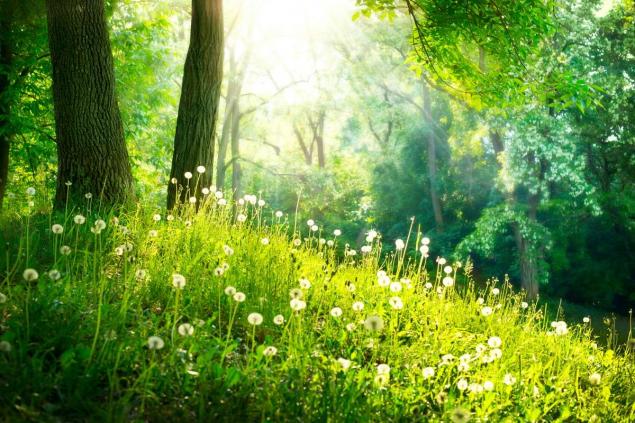
Yes, in the southern latitudes, where everything grows with amazing rapidity, there is enough vegetation near the village houses. But if we talk about the North, then things are worse in terms of green landscapes.
It should be noted that at all times the locals cared more about planting vegetables and cereals, so that it was more than feed themselves and their families. Forces and opportunities for the improvement of the territory were often not.
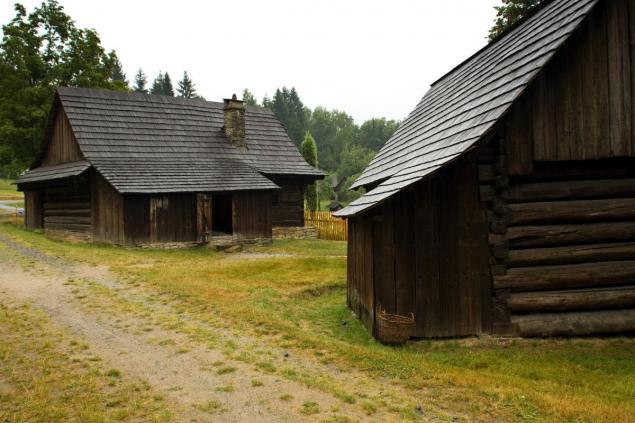
And if the bushes and trees were present on the site of future buildings, then not for long. Often they served as material for housing. In addition, the tree in the yard was often cut down for security reasons. After all, in the event of a hurricane, it could collapse on the house. Trees in the garden were cut down if they gave unnecessary shade.
View this post on Instagram
A Russian village. Episode 2. Traveling back home. 30 years later. This house is 120 years old. The Karelian house is a thoughtful structure for that time, so it is interesting to compare the buildings of the Scandinavian countries, Europe and Russia. Unfortunately, the decline of agriculture and rural remote life, the lack of work in the countryside and other factors affected the way of life and mentality of the whole generation. I hope the whole of Karelia will be revived, every village, village and people will be able to choose a simple life with prosperity. #Russian village #village #Karelia #architectural #izb #Karelia #village #farmhouse #wooden architecture #wooden houses #history #children #village #karelia #woodhouse
A post shared by NORDHILL (@nordhill) on May 4, 2019 at 4:11am PDT
As for the grass, it was not only trampled over time, but also eaten by the animals that the villagers kept. And therefore, "thanks" to goats, cows, sheep or geese really could not find grass.
At unfavorable times, even straw was removed from buildings to feed livestock and keep pets alive. It is not surprising that the grass was destroyed at the root. This isn't about the good life.
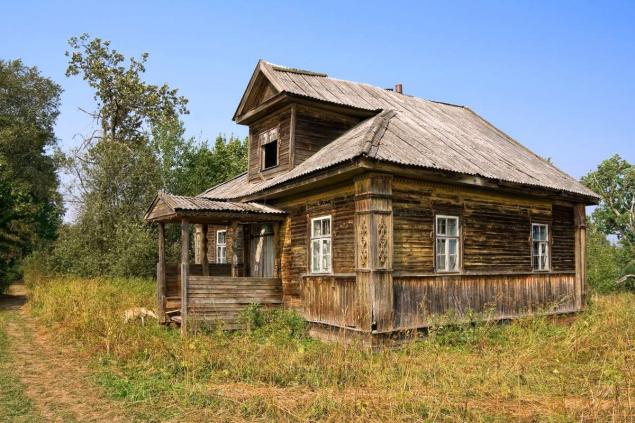
In addition, do not forget that people lived close to each other, and therefore, moving a lot, had time to trample all the remaining grass. Therefore, in black and white photographs, nothing is visible except empty ground.
The absence of bushes and grass was also justified in practical terms. The more vegetation there is, the more there are different mosquitoes. Therefore, the abundance of plants turned into a problem.

Of course, it is enough for people to leave any terrain, and nature will soon take its course. The plant world will quickly capture abandoned buildings, envelop empty streets with greenery. A variety of animals will soon return. Today we can see many such examples.
It is all the more amazing to see old photos of our villages and villages, where there are not only beautiful flower gardens around the houses, but even grass and trees. Only potato-ploughed gardens. Why is that?

The idea that in every small village trees, bushes, flowers and all sorts of herbs should grow everywhere is deceptive. Even today, this magnificence of nature may not be in the village. Although outside it can be meadows, forests, and other enchanting places.

Yes, in the southern latitudes, where everything grows with amazing rapidity, there is enough vegetation near the village houses. But if we talk about the North, then things are worse in terms of green landscapes.
It should be noted that at all times the locals cared more about planting vegetables and cereals, so that it was more than feed themselves and their families. Forces and opportunities for the improvement of the territory were often not.

And if the bushes and trees were present on the site of future buildings, then not for long. Often they served as material for housing. In addition, the tree in the yard was often cut down for security reasons. After all, in the event of a hurricane, it could collapse on the house. Trees in the garden were cut down if they gave unnecessary shade.
View this post on Instagram
A Russian village. Episode 2. Traveling back home. 30 years later. This house is 120 years old. The Karelian house is a thoughtful structure for that time, so it is interesting to compare the buildings of the Scandinavian countries, Europe and Russia. Unfortunately, the decline of agriculture and rural remote life, the lack of work in the countryside and other factors affected the way of life and mentality of the whole generation. I hope the whole of Karelia will be revived, every village, village and people will be able to choose a simple life with prosperity. #Russian village #village #Karelia #architectural #izb #Karelia #village #farmhouse #wooden architecture #wooden houses #history #children #village #karelia #woodhouse
A post shared by NORDHILL (@nordhill) on May 4, 2019 at 4:11am PDT
As for the grass, it was not only trampled over time, but also eaten by the animals that the villagers kept. And therefore, "thanks" to goats, cows, sheep or geese really could not find grass.
At unfavorable times, even straw was removed from buildings to feed livestock and keep pets alive. It is not surprising that the grass was destroyed at the root. This isn't about the good life.

In addition, do not forget that people lived close to each other, and therefore, moving a lot, had time to trample all the remaining grass. Therefore, in black and white photographs, nothing is visible except empty ground.
The absence of bushes and grass was also justified in practical terms. The more vegetation there is, the more there are different mosquitoes. Therefore, the abundance of plants turned into a problem.

Of course, it is enough for people to leave any terrain, and nature will soon take its course. The plant world will quickly capture abandoned buildings, envelop empty streets with greenery. A variety of animals will soon return. Today we can see many such examples.
Making pizza without fussing with dough
What is useful thyme, how to properly collect, dry and use it

